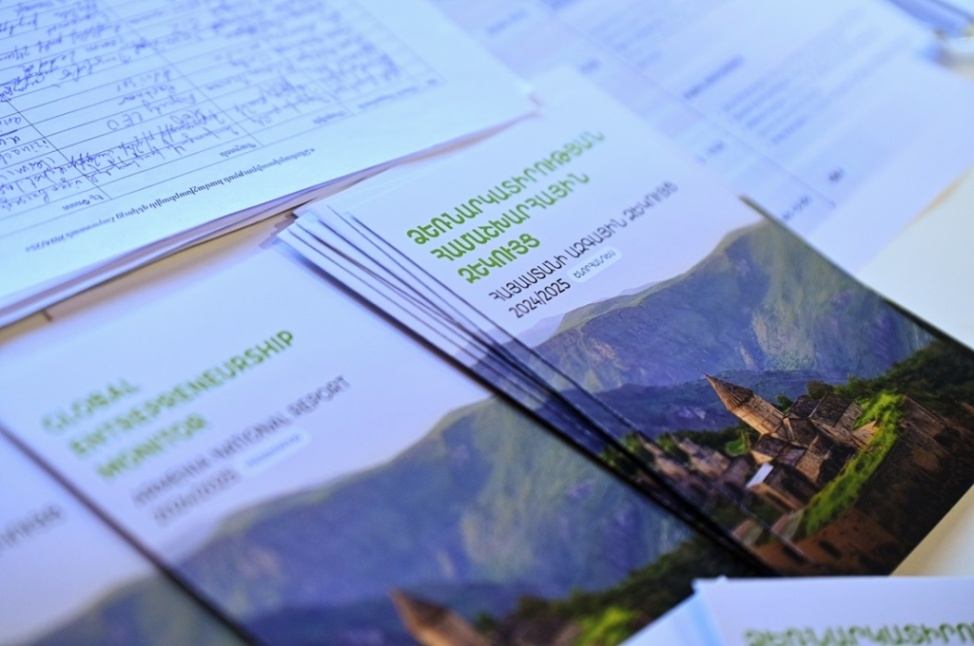OSCE Minsk Group co-chairs receive assurances of refraining from force against civil aircraft in Stepanakert airport
14.07.2012,
15:34
The Co-Chairs of the OSCE Minsk Group received renewed assurances from the sides involved in Karabakh conflict that they will reject any threat or use of force against civil aircraft in Stepanakert airport, and will pursue the matter through diplomatic steps, and refrain from politicizing the issue, according to the statement of OSCE Mink Group Co-Chairs.

YEREVAN, July 14. /ARKA/. The Co-Chairs of the OSCE Minsk Group received renewed assurances from the sides involved in Karabakh conflict that they will reject any threat or use of force against civil aircraft in Stepanakert airport, and will pursue the matter through diplomatic steps, and refrain from politicizing the issue, according to the statement of OSCE Mink Group Co-Chairs.
Ambassadors Robert Bradtke of the United States, Igor Popov of the Russian Federation, and Jacques Faure of France. and Ambassador Andrzej Kasprzyk (Personal Representative of the OSCE Chairperson-in-Office) travelled July 10-13 to Azerbiajn, Nagorno-Karabakh Republic, and Armenia.
The new Stepanakert airport is already ready for commissioning and can be open in the nearest future. Initially the airport will be able to serve 100 passengers. Flights will be operated by Air Artsakh air company.
Earlier NKR Prime Minister Ara Harutyunyan reported to Novosti-Armenia that the airport will initially conduct Stepanakert-Yerevan-Stepanakert flights, but there are perspectives for other flights either.
According to information disseminated by Azerbaijani media, Director of State Civil Aviation Administration of Azerbaijan Arif Mamedov said Azerbaijan may shoot down airplanes which will land on Stepanakert airport, however, later the Azeri authorities declared they don’t intend to use force against the civil objects.
The Co-Chairs reaffirmed that operation of this airport cannot be used to support any claim of a change in the status of Nagorno-Karabakh, and urged the sides to act in accordance with international law and consistent with current practice for flights over their territory.
In Baku, the Co-Chairs met with President Aliyev and Foreign Minister Mammadyarov; in Nagorno-Karabakh- with local authorities, and in Yerevan- with President Sargsyan, Foreign Minister Nalbandyan, and Defense Minister Ohanyan.
On July 11, the Co-Chairs again crossed the Line of Contact by foot. On July 12, they travelled from Nagorno-Karabakh to Yerevan via Kelbajar, their first visit to that region since the October 2010 Field Assessment Mission, according to the source.
“In all their meetings, the Co-Chairs reaffirmed their countries' resolute commitment to a peaceful settlement of the Nagorno-Karabakh conflict, as the Presidents of the three Co-Chair countries emphasized in their June 18 joint statement at Los Cabos,” the document states.
The Co-Chairs continued discussions from their June 18 meeting in Paris with the Foreign Ministers of Armenia and Azerbaijan.
According to the document, they also expressed their deep concern over recent incidents along the frontlines, and reiterated that the sides' political will to achieve peace is best demonstrated by refraining from maximalist positions, respecting the 1994 ceasefire agreement, and abstaining from hostile public rhetoric.
The Co-Chairs plan to meet again separately with the Foreign Ministers of Armenia and Azerbaijan in order to prepare for a joint meeting of the Ministers in September.
As Azerbaijan declared its independence from the Soviet Union and removed the powers held by the Karabakh’s government, the Armenian majority voted in 1991, December 10, to secede from Azerbaijan and in the process proclaimed the enclave the Republic of Nagorno-Karabakh. Full-scale fighting, initiated by Azerbaijan, erupted in the late winter of 1992. International mediation by several groups including Europe's OSCE’s failed to bring an end resolution that both sides could work with.
In the spring of 1993, Armenian forces captured regions outside the enclave itself. By the end of the war in 1994, the Armenians were in full control of most of the enclave and also held and currently control seven regions beyond the administrative borders of Nagorno-Karabakh. Almost 1 million people on both sides have been displaced as a result of the conflict. A Russian- -brokered ceasefire was signed in May 1994 and peace talks, mediated by the OSCE Minsk Group, have been held ever since by Armenia and Azerbaijan. -0-



